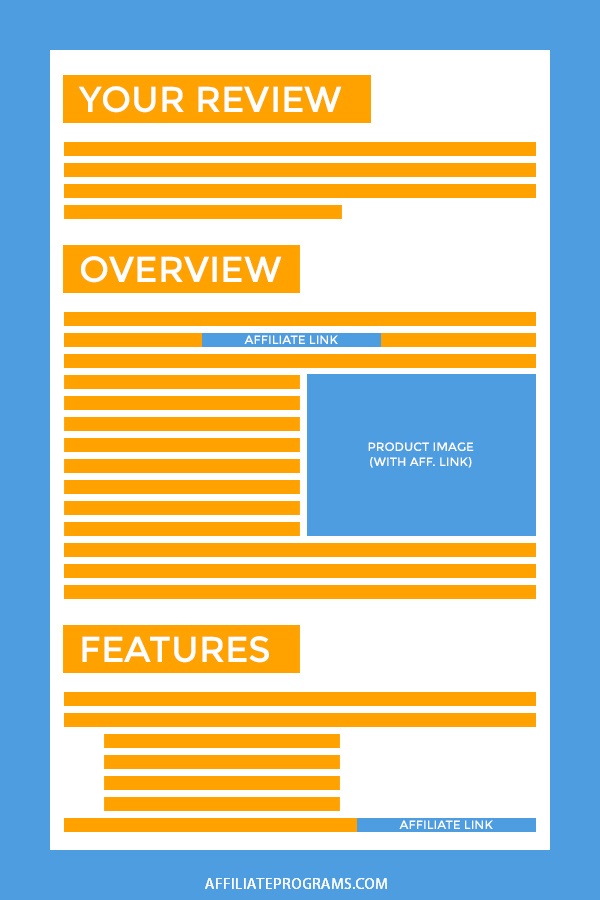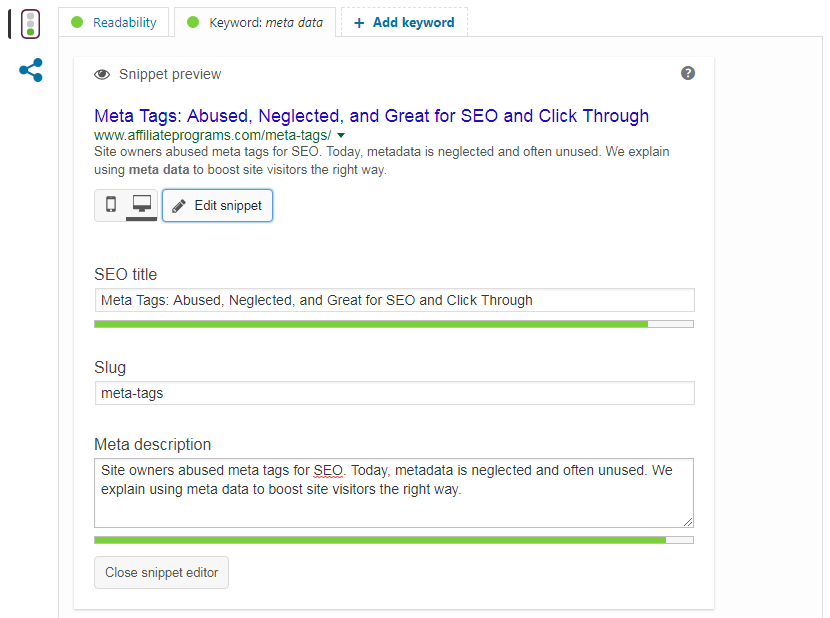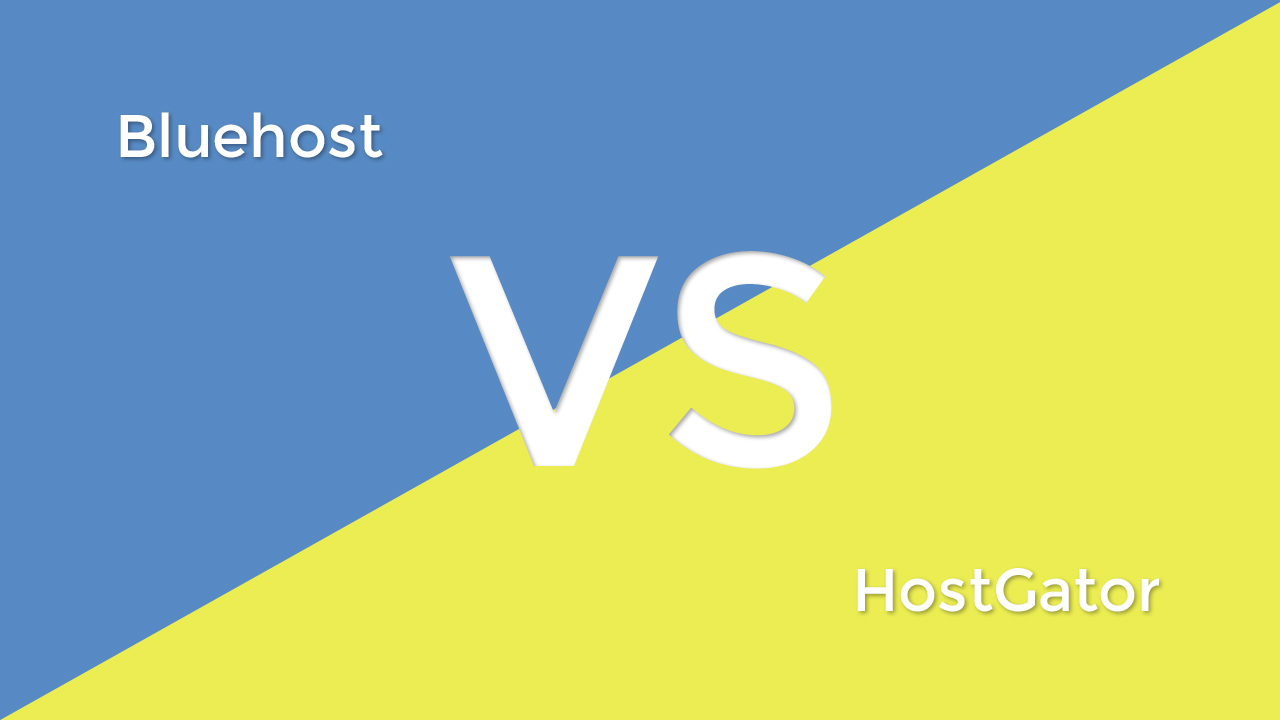SEO-friendly content gets more traffic… and this means more actions (like sales).
You want that, right?
Let’s get into it.
Step 1: Choose the Topic’s Difficulty
Difficulty depends on:
- Keyword
- Competition
You could attempt to capture single-keyword topics but you’re up against big brands with huge budgets. Instead, I’d recommend you choose a topic based on long-tail keywords. These are keywords with fewer searches but tighter search queries and intent.
Example:
- Easy: DIY Stencil Guide
- Hard: Stencils
The topic’s difficulty will shape the content’s scope, keeping the content ‘tight’.
Step 2: Measure the Keyword
You’ll want at least some search interest:
- 20 – 100 monthly queries
- Low competition/ads
You can use tools like Google’s keyword tool, SEMRush, or Ahrefs to discover the keyword volume and competition. Or, use a free tool like SearchVolume.io for basic data.
I’d also recommend checking if brands advertise for the given keyword as this is telling that people are buying products in that category.
Another thing: Pick a keyword/topic your audience wants.
There are a lot of great keywords so getting distracted is easy. I recommend you choose topics visitors want to read + verify your decision using website analytics (search queries).
Step 3: Create a Keyword Universe
I’ve covered this topic here if you want to read more.
But – the tl;dr:
- Pick the primary keyword
- Select secondary keywords via suggested search
- Track the keywords (volume/competition)
This lets you form content without overthinking it. The primary keyword is the main topic while secondary keywords become the supporting sections.
Example:
- Primary: DIY Stencil Guide
- Secondaries: How to cut a stencil, Tools to create stencils, and How to paint a stencil
Doing this exercise also helps you collect inspiring and resourceful articles. You’re now condensing a big set of information into a single post. It’s the idea behind pillar content.
Step 4: Choose an Intent/Purpose
It’s not just the information – what is the post’s purpose?
- Entertainment
- Education
- Action
- Sales
You may choose to use the post for educational purposes meaning it needs logic & structure. An entertainment-style post usually evokes story-telling and emotion. Or, maybe you’re promoting an affiliate product and want readers to buy through your link.
The intent/purpose changes two things:
- The tone of your brand voice
- Strategies you’ll use to encourage clicks/actions
Step 5: Create the Outline
It’s good practice to create outlines whether it’s a personal post to product reviews.
Why?
- Easier to include SEO keywords & terms
- Keeps the content structured and easy-to-read
I wouldn’t say there’s a “best” format since it ultimately depends on your branding & audience. But, there are best practices + a few things I’ve noticed when creating SEO-friendly content.
I’d structure it using:
- What
- Why
- How
This is a baseline that’ll include the primary and secondary keywords, no problem. It also creates a progression leading the visitor to the call-to-action, offer, or ad at the post’s end.

I’ve found it easier to build trust and authority with this structure. You’re introducing the topic and reinforcing the topic with data or personal experiences. This ultimately reduces conversion friction.
Let’s use our example:
- What: What are stencils?
- Why: Why you should create stencils
- How: How to create stencils
Pretty easy, right?
The structure also helps improve readability and usability. This tends to keep users on the page longer which is a great signal to Google. You’ll likely see an increase in social media shares by making it easy to read, too, since people get right into the good stuff.
Step 6: Optimize the Meta Elements
The meta being:
- Title
- URL
- Description
Remember those keywords? This is where they go.

Let’s use our example:
- Title: DIY Stencil Guide: 10 Steps to Create Stencils
- URL: /diy-stencil-guide/
- Description: Want to know how people create awesome designs using stencils? Check out these 10 steps to create them using my DIY stencil guide!
Those of you having trouble creating titles should refer to using headline formulas. These are copy-and-paste style headlines that’ll work in just about any niche. And, do well on social media. Then, refer to this meta tag post to learn a bit more about the other items.
Step 7: Optimize the Post
Honestly, keep it simple:
- Write naturally
- Remember to use keywords
- Structure it so it’s easy-to-read
I say write naturally because Google is wicked smart at understanding your content. Their Rankbrain, AI, and machine learning basically know what the post is about even if you’re writing casually. Writing naturally also makes content personal – giving it a unique, branded touch your readers like.
Grammarly is a good tool to improve natural writing (see the review).
I’d also recommend HemmingwayApp to keep the content easy to read.
Of course, it’s good to include keywords:
- H1 – H6
- Image alt tags
- Internal links
- External links
You’ll use the post’s outline to identify the header elements. Then, make it good practice to include usability (alt descriptions) and extra resources (links). The post’s structure will form while doing this.
Publish, Track, and Re-Optimize for SEO
Don’t overthink it: hit publish.
Publishing gets the post indexed and gaining traffic versus keeping it in pending. You’ve got to be okay with imperfections because you can update the post afterward. In fact, it’s probably best you do this anyway since you’ll have site data to fill in the content gaps.
Here’s what I’d recommend:
- Set a yearly reminder to check the post’s traffic and incoming search queries
- Update the title and description to better align with the term’s trend
- Add new sections (based on keywords) as you see fit, backed by data
This slowly grows your post into a mega, evergreen post as time goes on.
—
So, yeah…
…that’s about all you need for basic SEO-friendly content.
There are tons of other, smaller details I could get into, but let’s keep this simple. It’s better to have it published than obsess over these things. Keep writing and keep learning.
Want more tips like this? Check out our Traffic Generation guides.




